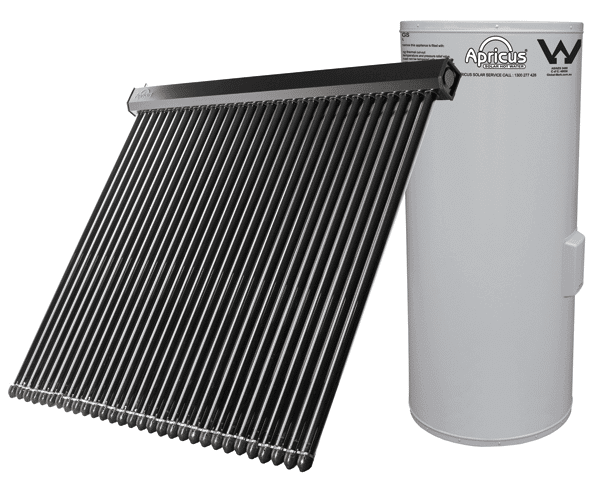
ARE YOU LOOKING FOR A SOLAR HOT WATER SYSTEM?
Specialising in solar hot water, an Apricus solar hot water system is an excellent choice for those seeking an eco-friendly alternative. They are Australia’s leading manufacturer of evacuated tube solar water heaters, and these systems utilise the latest technology.
Apricus solar hot water systems come with industry-leading warranties for complete peace of mind – something many people look for when making the switch to relatively new solar technology. Evacuated tube systems are efficient, light weight and very low maintenance, which is why they have become such a popular choice. So if you are in the market looking for an efficient Apricus Solar Hot Water System than contact Anytime Hot Water Specialist.
We offer 24/7 emergency service for Repair, Service, Replacement & installation of Apricus Solar Hot Water System in Sydney, Central Coast, Newcastle, Penrith, Windsor, Campbelltown, Wollongong & Canberra. We are one of the Award winning and authorised dealers of Apricus Solar Hot Water System. For free quote contact us on 1800 633 920 or book online and save $25. Our friendly staff is ready to take your call.
If you are considering having an apricus solar hot water system installed, Anytime Hot Water can help. For more information, contact us today.
Australia’s most trusted Apricus hot water system service provider: Anytime Hot Water.
The following are just some of the Apricus hot water systems we have available. If you are looking for a specific system not listed below, call us today and speak with an expert.
They use evacuated tube collectors to absorb solar energy and transfer it to the water tank.
Yes, they often include electric or gas boosters for cloudy days.
Annual inspections, cleaning collectors, and checking for leaks or airlocks.
Apricus is known for efficiency, durable materials, and performance in diverse climates.
